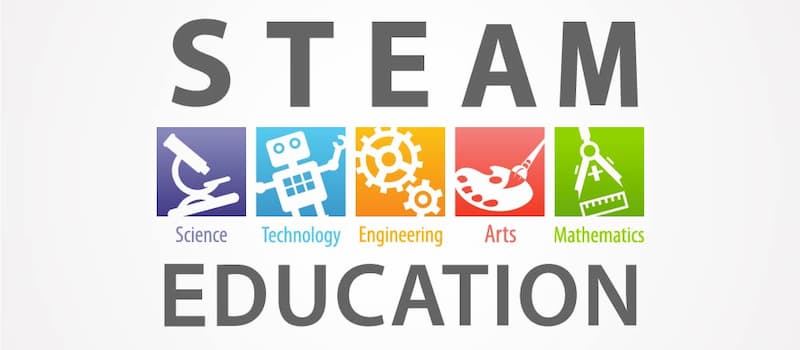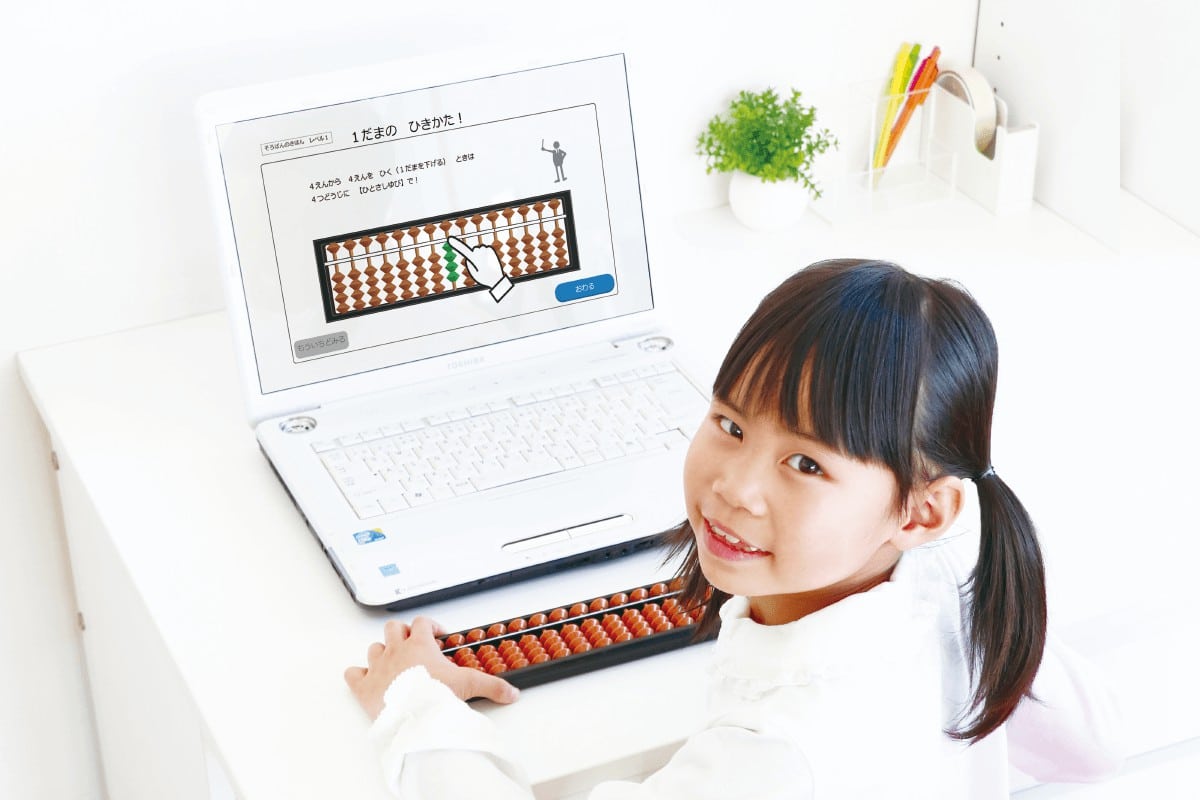There is never enough money for schooling. Or it might be people, time, or other resources. That’s why distributing funds is always a challenge—it’s about balancing competing, worthwhile priorities in order to maximize the value to our kids.
We’ll make the argument in this post for why investing in STEAM and coding should be a key financial priority. We’re not going to make recommendations on how this investment should be made. It may mean purchasing STEM Learning tools and courses, which would be fantastic. Infrastructure, professional development, and the hiring of extra teachers are all possibilities. We consider it a win as long as more students are learning about STEAM and coding at a young age. Without further ado, here’s why STEAM & Coding should be a high priority for you.
1. Integration of core content
STEAM and coding education is sometimes considered as an afterthought, a “nice-to-have.” Everyone is delighted for children to take a STEM subject if there is extra time or resources, but the focus is always on fundamental topics like math, science, and ELA. “First and foremost, we must ensure that pupils are fulfilling standards,” the reasoning goes, then we can move on to the other stuff.
This way of thinking is unacceptable to us. Not because key subjects should not be prioritized; on the contrary, they should. We reject it because STEAM and coding serve a critical role in assisting students in meeting and exceeding standards, as they connect with core subjects to improve students’ comprehension. After all, STEAM is an acronym for science, technology, engineering, and mathematics, which encompasses many of these essential courses.
While technology, coding, and engineering aren’t considered “core” courses, good STEM education is intended to cover a variety of topics. Students are learning about seed distribution, factor pairs, and mixing substances while making a model or coding software. STEAM is cross-curricular because of this. It covers all of these topics, which helps students grasp them better by allowing them to apply what they’ve learned in diverse scenarios. For example, a 2019 study on the impact of integrated STEM or STEAM education discovered that STEAM had a good overall impact on student learning, particularly in the areas of the affective domain, job aspiration, thinking skills, and emotional skills.
That’s why STEAM and coding should be a top priority because it helps children excel in all of their other top priorities. It also aids in,
2. Emotional and Social Learning (SEL)
After a challenging school year (to put it mildly), it’s more crucial than ever to educate the complete child. After such a tough year, it’s critical that we assist our students’ social and emotional development. Giving students the skills, information, and mental frameworks they need to establish healthy identities, control emotions, feel and exhibit empathy, maintain meaningful relationships, and make responsible and caring decisions is the goal of social and emotional learning (SEL).
With so many kids’ mental health being affected by the epidemic, a strong emphasis on SEL might help them become happier and healthier in the face of adversity. As a result, 93 percent of instructors feel that SEL is just as important as academic learning, according to polls. This is where STEAM and code come into play. STEM projects are typically extremely collaborative, and there’s no better time to teach social and emotional skills than when students interact with their peers, far from the stereotype of pupils hunched over Chromebooks.
STEAM & coding provides instructors with the opportunity to teach SEL skills and students with opportunities to practice them, whether through group projects or by motivating them to problem solve with their classmates. STEM projects can also be built around a social-emotional learning lesson! The possibilities for SEL and STEAM collaboration are endless. That’s why now is the best moment to engage in STEAM and coding because it will help pupils create the groundwork for future social and emotional learning. When it comes to the future…
3. Skills for the Twenty-First Century
Did you know that 65 percent of today’s kindergarten students will work in jobs that don’t even exist yet? It’s understandable. Take, for example, mobile apps. 15 years ago, there were no mobile apps. Many people who work in the field of mobile app design, development, and marketing were in elementary school when the first applications were introduced. But how can we train our pupils for careers that we don’t yet know about? By equipping them with skills that will enable them to work in any of these new or growing sectors. Here’s what we’re talking about: The ability to think critically literacy when it comes to technology.
And there’s more. To put it another way, 21st-century skills. It makes no difference what a grade school student does in 15 years. These are talents that will come in handy in the future. They require certain abilities. The 2019 STEM/STEAM education study concluded that “the most often stated positive feature of STEAM classes from interviews was self-directed problem solving,” and that the positive impacts remained until college, indicating the potential for long-term influence. The state and local administrations are in agreement. Since 2018, 33 states have implemented computer science education policies. Sadly, computer science is still not taught in the majority of schools. That is why now is the time to invest in STEAM and coding. These are abilities that will benefit students for a long time and are applicable to all topics, life skills, and careers. When it comes to students…
4. Student Participation
Every teacher understands the importance of keeping their students engaged. Students that are more engaged pay more attention, have more meaningful learning experiences and exercise higher-level critical thinking abilities. And if there’s one way to keep pupils’ minds occupied, it’s to keep their hands occupied. Research supports the impact of hands-on learning on student engagement. Multiple studies suggest that “learning by doing” encourages students to interact with topics more readily and enjoyably, to attain higher levels of performance at all levels of thought, and to develop appropriately on standardized tests while acquiring new abilities.
Because construction and creation are key components of STEAM and coding, they are especially well-suited for hands-on learning. Even completely virtual coding and running of a program are more interactive than a lecture and an exam, especially when combined with tangible components they can build with their hands. That’s a treasure for student engagement. This is why investing in STEAM and coding is so important: it keeps students engaged and learning after a difficult academic year. When it comes to the current academic year…
5. The STEM Design Competition
Challenges and competitions are some of the easiest methods for STEAM and coding to benefit children. With the backing of the Ministry of Education, Universiti Pendidikan Sultan Idris, and ProjectMika, we have teamed with and Pusat STEM Negara to launch the virtual competition.
Despite the fact that the tournament was run digitally owing to the pandemic, we had a lot of positive feedback and involvement from all throughout Malaysia, from registration to winner announcement. Using students were able to create fantastic, inventive projects. Some participants even combine with other products, such as Lego and Arduino, to expand the number of functionalities and programming possibilities. This demonstrates that, despite a lack of exposure and materials, Malaysian students are interested in STEM education. Our campaign to encourage students across Malaysia to demonstrate their outstanding talents and diverse range of skills and abilities related to STEM education only began last year. The STEM Design Challenge will be returning this year, so stay tuned for more information! That’s why investing in STEAM and coding now is such a fantastic idea—it will help engage, encourage, and educate students this year, putting them on the path to success next year and beyond.
Why Should STEAM & Coding Be a Priority?
There are more issues in education that demand attention, financing, and resources than there are resources available. When there are so many great possibilities, it’s difficult to choose a top priority, let alone a #1 top priority. and coding, we believe, should remain a top priority. For the reasons stated above—integration of core subjects, social and emotional development, 21st-century skills, student engagement, and summer enrichment—STEAM, STEM, and coding provide educators with the chance to favorably affect all of their other priorities at the same time. That’s difficult to beat in terms of value for money. So, when it’s time to decide how to spend your time, staff hours, and money, think about STEAM and coding for all of the reasons outlined above. You will be remembered by a generation of problem solvers.








